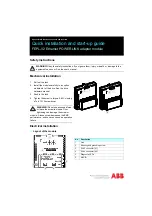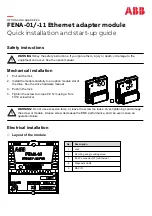
TC1796
Peripheral Units (Vol. 2 of 2)
Controller Area Network (MultiCAN) Controller
User’s Manual
22-119
V2.0, 2007-07
MultiCAN, V2.0
Due to possible variations of the LOF values from one reference mark to the other, the
current global time may contain discontinuities. In order to get a smooth (continuous)
behavior, a SW filter can be used for receiving nodes. The global time can be calculated
as shown below:
•
Local Time + Local Offset or
•
Cycle Time + Reference Mark + Local Offset
22.5.7
Transmit Trigger
The TTCAN feature of a CAN node implies the counting of transmission requests for
messages to be sent in exclusive time windows. The number of messages to be
transmitted in exclusive time windows is defined by system application design for the
entire system matrix (expected transmit triggers EXPTT). This theoretical value is used
to verify if the real TTCAN node also requests the same amount of transmissions. If
fewer or more transmit triggers have been counted by the transmit trigger counter
TTCNT at the end of a system matrix, a transmit trigger error interrupt can be generated
(if enabled by TTIEN). This is indicated by the bits transmit trigger underflow TTUF and
transmit trigger overflow TTOF.
Figure 22-28 Transmit Trigger Monitoring
MCA05854
TTCNT
Equal ?
EXPTT
TTOF
Control
Transmit Trigger
Error Interrupt
&
TTUF
TTIEN
New Matrix
Cycle
Interrupt
Request
≥
1
















































